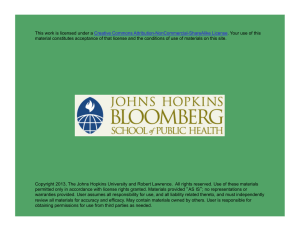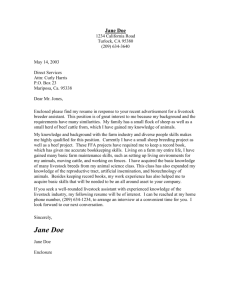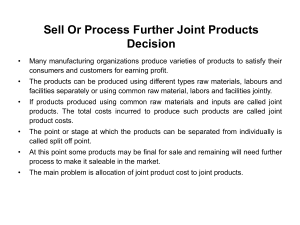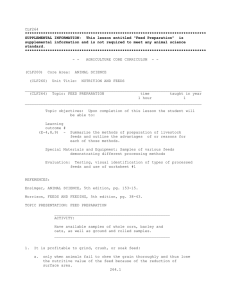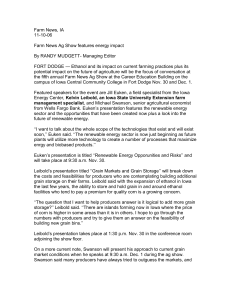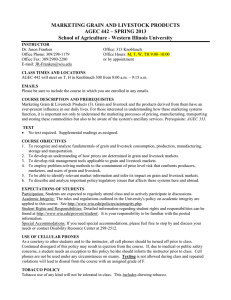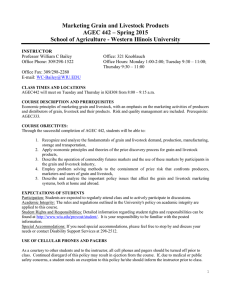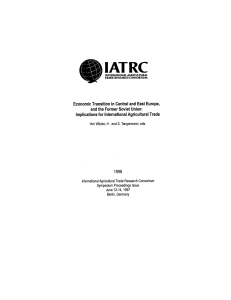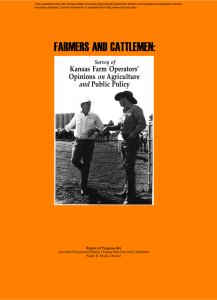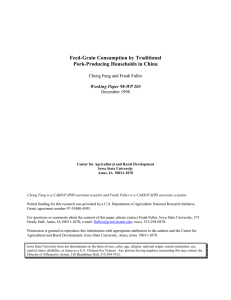Farm News, IA 04-04-07 Report favors livestock profits
advertisement
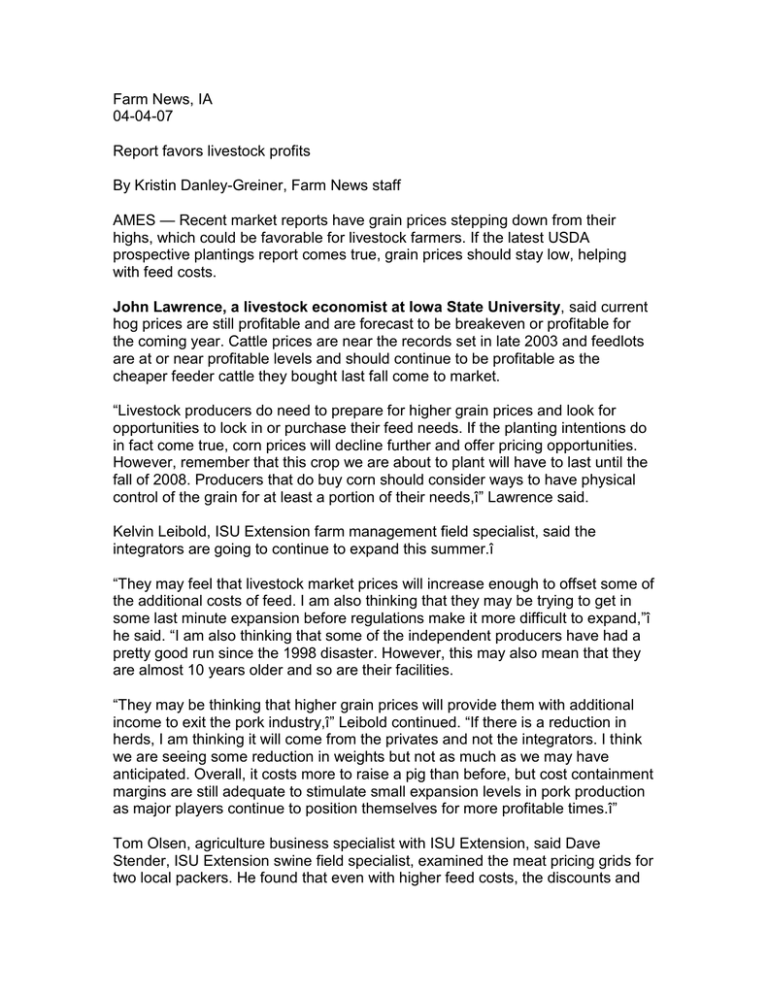
Farm News, IA 04-04-07 Report favors livestock profits By Kristin Danley-Greiner, Farm News staff AMES — Recent market reports have grain prices stepping down from their highs, which could be favorable for livestock farmers. If the latest USDA prospective plantings report comes true, grain prices should stay low, helping with feed costs. John Lawrence, a livestock economist at Iowa State University, said current hog prices are still profitable and are forecast to be breakeven or profitable for the coming year. Cattle prices are near the records set in late 2003 and feedlots are at or near profitable levels and should continue to be profitable as the cheaper feeder cattle they bought last fall come to market. “Livestock producers do need to prepare for higher grain prices and look for opportunities to lock in or purchase their feed needs. If the planting intentions do in fact come true, corn prices will decline further and offer pricing opportunities. However, remember that this crop we are about to plant will have to last until the fall of 2008. Producers that do buy corn should consider ways to have physical control of the grain for at least a portion of their needs,î” Lawrence said. Kelvin Leibold, ISU Extension farm management field specialist, said the integrators are going to continue to expand this summer.î “They may feel that livestock market prices will increase enough to offset some of the additional costs of feed. I am also thinking that they may be trying to get in some last minute expansion before regulations make it more difficult to expand,”î he said. “I am also thinking that some of the independent producers have had a pretty good run since the 1998 disaster. However, this may also mean that they are almost 10 years older and so are their facilities. “They may be thinking that higher grain prices will provide them with additional income to exit the pork industry,î” Leibold continued. “If there is a reduction in herds, I am thinking it will come from the privates and not the integrators. I think we are seeing some reduction in weights but not as much as we may have anticipated. Overall, it costs more to raise a pig than before, but cost containment margins are still adequate to stimulate small expansion levels in pork production as major players continue to position themselves for more profitable times.î” Tom Olsen, agriculture business specialist with ISU Extension, said Dave Stender, ISU Extension swine field specialist, examined the meat pricing grids for two local packers. He found that even with higher feed costs, the discounts and premiums based on carcass weight and grade outweigh economies gained from selling at a lighter weight.î


